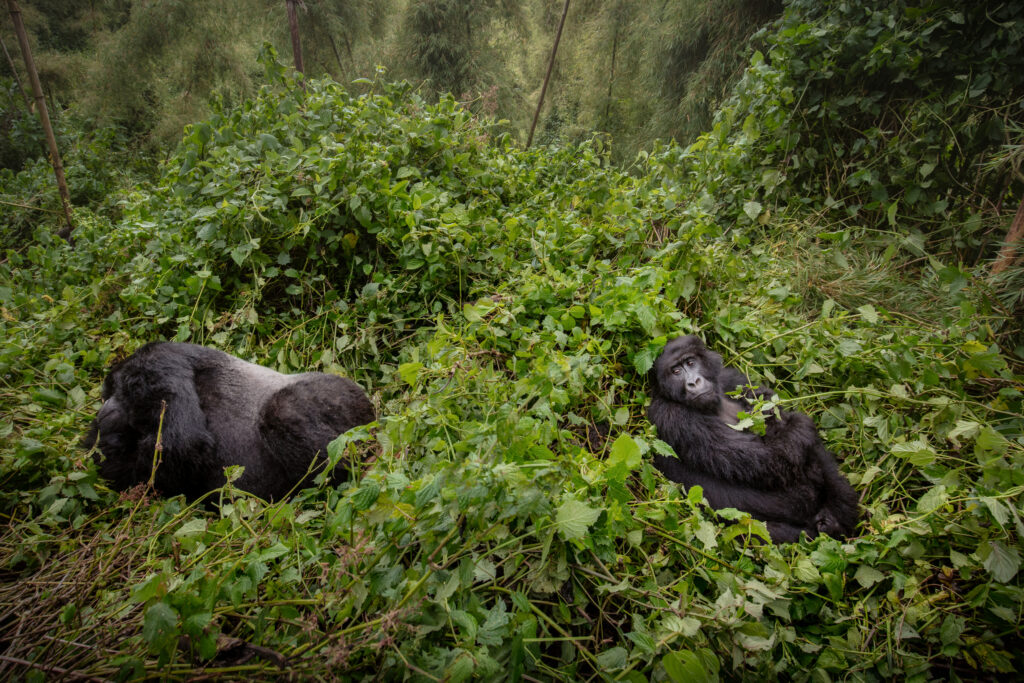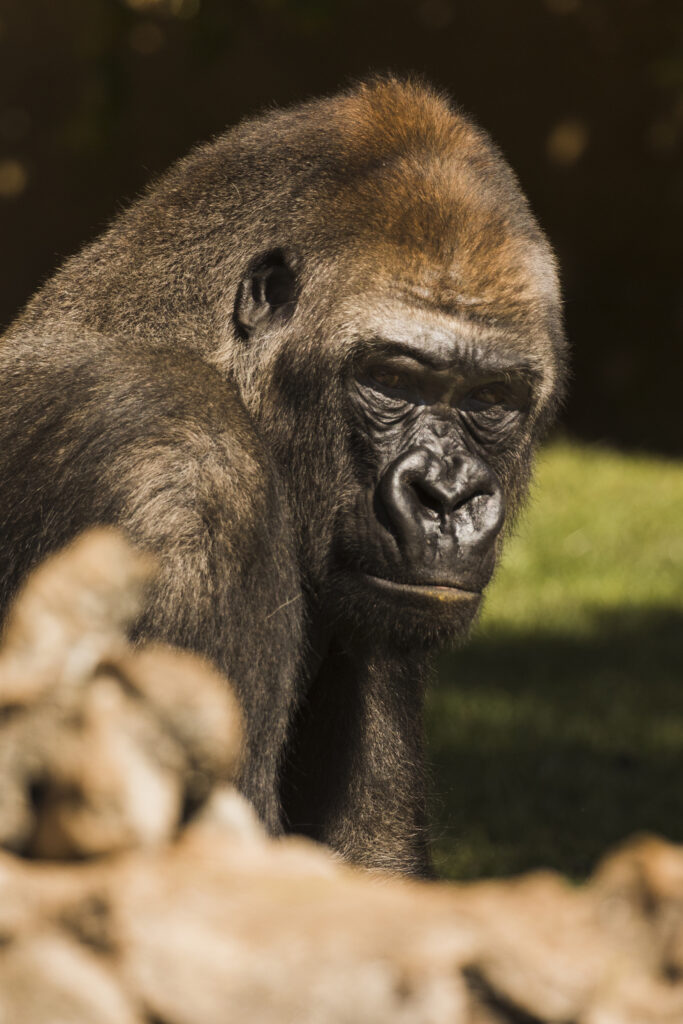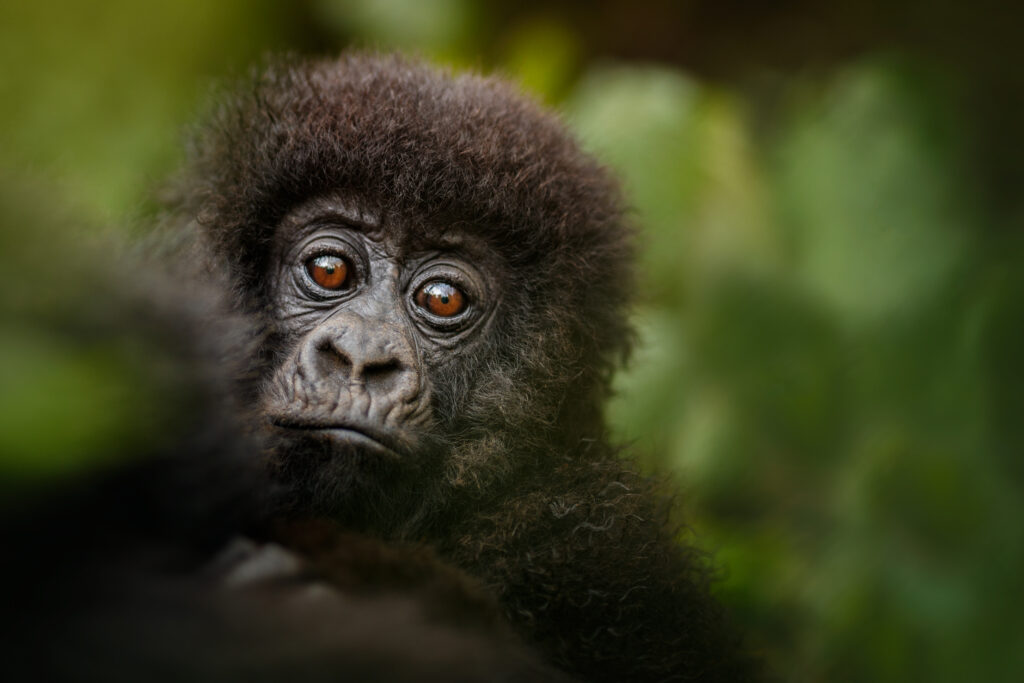Lifestyle
Eastern Lowland Gorilla: A Deep Dive into Africa’s Largest Primate

The Eastern Lowland Gorilla, also known as Gorilla beringei graueri, is the largest of all gorilla subspecies and Africa’s most formidable primate. Native to the dense forests of the Democratic Republic of Congo (DRC), this magnificent animal is not only a biological marvel but also a crucial indicator of ecosystem health. Yet, despite its strength and size, the Eastern Lowland Gorilla faces a fragile future due to habitat destruction, civil unrest, and poaching.
Understanding the Eastern Lowland Gorilla is essential not just for conservationists, but for anyone who values biodiversity and the balance of nature. In this article, we explore everything from its physical characteristics and habitat to its behavior, threats, and conservation efforts.
A Unique Primate with Powerful Traits
The Eastern Lowland Gorilla is the largest gorilla subspecies and is significantly bulkier than its mountain or western relatives. Males can weigh up to 250 kilograms (550 pounds) and stand nearly 5.5 feet tall when upright.
Key physical features include:
- A stocky body with broad shoulders
- Large hands and feet
- A short muzzle and pronounced brow ridge
- Jet-black fur, sometimes with a silver patch on the back of mature males (silverbacks)
Unlike other gorillas, Eastern Lowland Gorillas have shorter arms in proportion to their bodies. Their robust frame helps them travel through thick forest floors and dense underbrush, making them highly adapted to their habitat.
Habitat and Range
These gorillas are found primarily in the eastern regions of the DRC, especially within the tropical forests of the Kahuzi-Biega National Park, Maiko National Park, and surrounding areas.
They prefer lowland tropical rainforests, which provide a diverse array of fruits, leaves, stems, and seeds—the core of their herbivorous diet. They are largely ground-dwelling and travel in troops led by a dominant silverback.
However, deforestation due to mining, agriculture, and logging has severely fragmented their habitat, isolating populations and increasing their vulnerability.
Behavior and Social Structure
Eastern Lowland Gorillas are intelligent and social creatures. They live in family groups that can range from a few individuals to over 30 members. These groups are usually led by a mature silverback who makes all decisions, from where to travel and rest to how to respond to threats.
Some notable behaviors include:

- Communication through grunts, chest-beating, and gestures
- Daily travel and foraging routines across large territories
- Strong maternal care, with infants staying close to mothers for years
They spend most of their day feeding and resting, rarely showing aggression unless provoked. Their gentle nature contradicts their imposing appearance.
Diet: What Do Eastern Lowland Gorillas Eat?
These gorillas are primarily folivores, but their diet varies by season and location. They consume a mix of:
- Leaves and stems
- Fruits and berries
- Bark and roots
- Occasionally ants or termites for extra protein
This flexible diet helps them survive in various forest types, but reliance on fruit-rich regions makes them susceptible to habitat degradation.
Threats to Survival

The Eastern Lowland Gorilla is listed as Critically Endangered by the International Union for Conservation of Nature (IUCN). Their population has declined by more than 50% in the last 20 years.
The primary threats include:
- Deforestation: Logging and land conversion reduce habitat size and food availability.
- Mining and Resource Extraction: Illegal mining operations often disrupt gorilla habitats and attract poachers.
- Poaching: Gorillas are hunted for bushmeat or captured for illegal pet trade.
- Civil Unrest: Armed conflict in the DRC creates unsafe conditions for wildlife and conservationists alike.
- Disease: Gorillas are susceptible to many of the same diseases as humans, including Ebola.
Conservation Efforts in Action

Despite these challenges, there is hope. Conservation groups, local communities, and international organizations have made significant strides to protect Eastern Lowland Gorillas.
Key conservation actions include:
- Anti-poaching patrols in protected areas
- Community education programs to reduce human-wildlife conflict
- Habitat restoration projects to reconnect fragmented forests
- Eco-tourism initiatives that generate local income while promoting wildlife protection
- Genetic research to monitor and support breeding programs
Organizations like the Dian Fossey Gorilla Fund and the World Wildlife Fund (WWF) play crucial roles in these initiatives.
Why Eastern Lowland Gorilla Conservation Matters
The Eastern Lowland Gorilla is more than just a species under threat. It’s a keystone species, meaning its presence impacts the entire forest ecosystem. Gorillas aid in seed dispersal, which helps regenerate the forest and maintain biodiversity.
Protecting this gorilla also protects countless other plant and animal species sharing its habitat. Furthermore, healthy gorilla populations can boost sustainable eco-tourism, contributing to local economies.
How You Can Help
You don’t have to be a field biologist to support gorilla conservation. Here’s how individuals can make a difference:
- Support reputable wildlife charities
- Spread awareness through education and social media
- Choose sustainable products to reduce demand for minerals like coltan, often mined in gorilla habitats
- Advocate for stronger wildlife protection laws
- Travel responsibly if visiting gorilla habitats
FAQs About Eastern Lowland Gorillas
What is the difference between Eastern and Western Lowland Gorillas?
Eastern Lowland Gorillas are larger, have darker fur, and live exclusively in the DRC, while Western Lowland Gorillas are smaller and more widespread across Central Africa.
How many Eastern Lowland Gorillas are left?
Estimates suggest fewer than 4,000 remain in the wild, though accurate counts are difficult due to instability in their range.
Can gorillas be dangerous to humans?
Generally, no. Gorillas are peaceful unless threatened. Most encounters with humans are uneventful, especially under controlled eco-tourism conditions.
How long do Eastern Lowland Gorillas live?
In the wild, they live up to 35–40 years. In captivity, they may live longer with proper care.
Are there breeding programs for Eastern Lowland Gorillas?
While limited due to their range and endangered status, some conservation centers support captive breeding and genetic diversity research.
Take Action to Protect Africa’s Largest Primate

The Eastern Lowland Gorilla’s story is one of strength, vulnerability, and hope. With focused conservation, international support, and responsible choices, we can help ensure that these majestic creatures continue to thrive in the wild.
Join the movement to protect Eastern Lowland Gorillas—donate to conservation efforts, share their story, and become a voice for wildlife.


